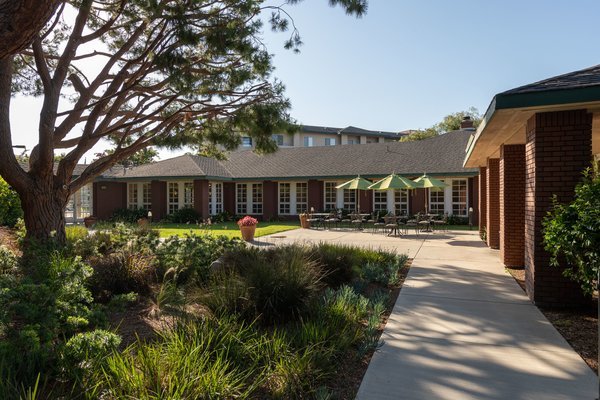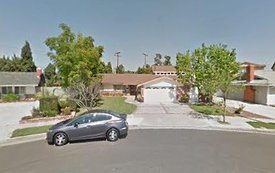
CARING STARS WINNER
17077 San Mateo, Fountain Valley, CA 92708
4.2
(34 reviews)
"We liked everything about Carmel Village Retirement Community. There was nothing negative about them. We were greeted by the person I was told would be greeted by, and that was David. He did an outstanding job. Overall, they did a wonderful job. This location is our number one pick right now. Cleanliness was outstanding both inside and outside. They have some construction work going on and David was explaining this to us. Whoever owns it is investing a lot of money into the structure of the building, especially the exterior. The size of the room was decent. We looked at both a studio and a one bedroom. The atmosphere was very lively. They were preparing to have an event that day. It was like a luau or something like that. There was a lot of activity as they were getting ready for that event. The residents were very, very nice. A number of them were telling my dad, "This is a great place." "They treat you good." "The staff are nice." So, he had some first hand feedback from residents that are already living there."
$3,295

























